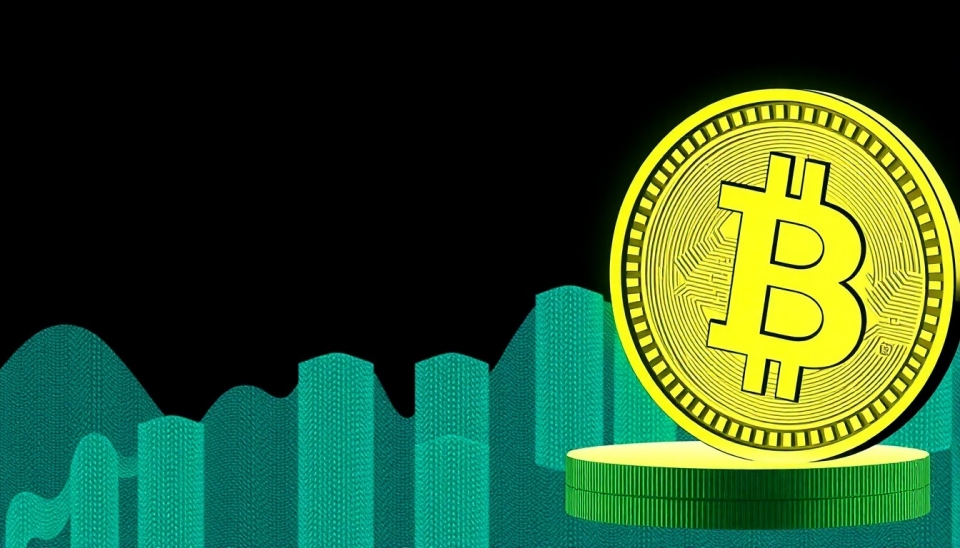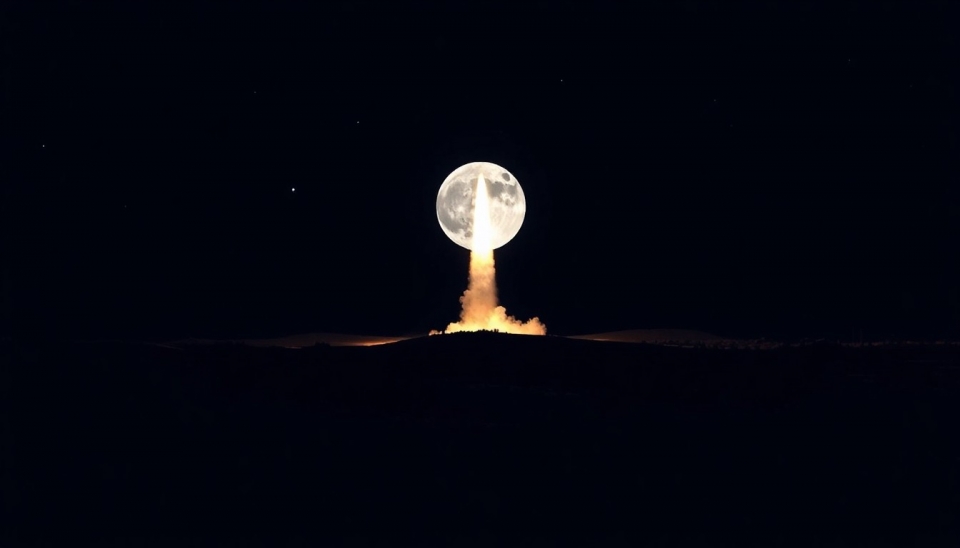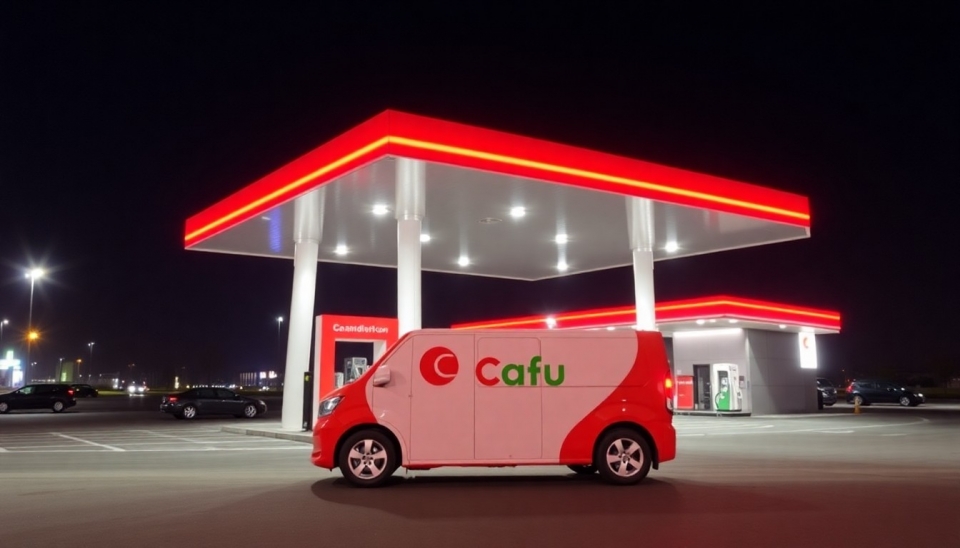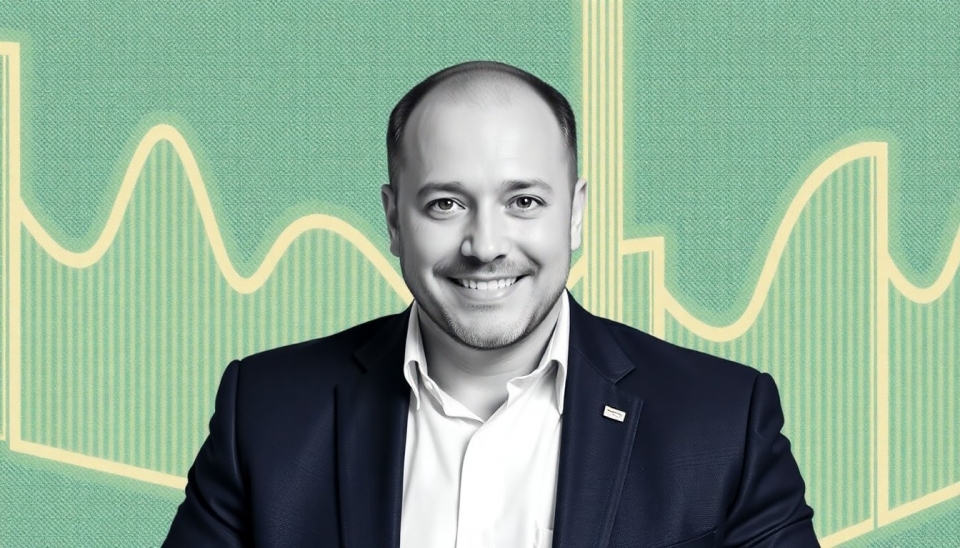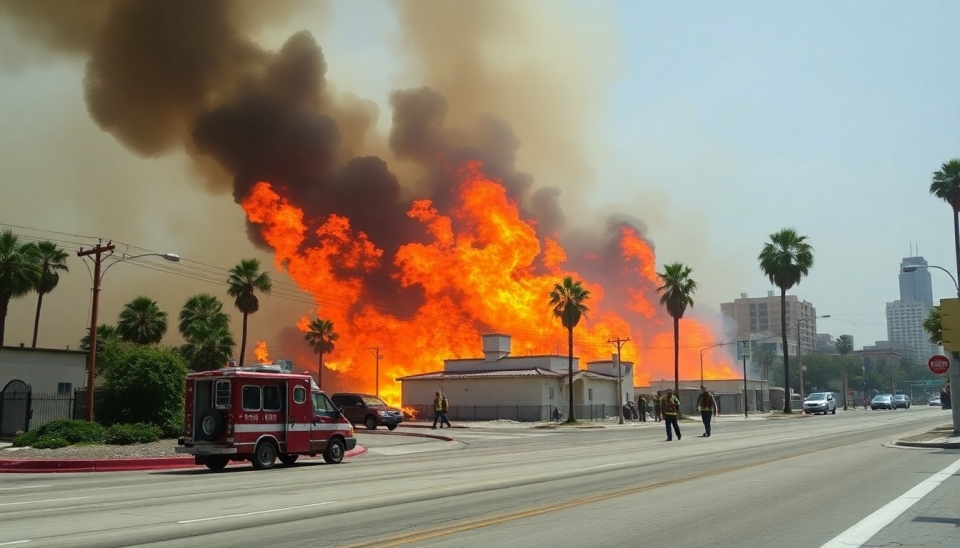
As Los Angeles grapples with devastating wildfires, a dark wave of conspiracy theories has emerged online, fueled by the chaos and destruction left in the wake of these disasters. The ongoing fires have ignited not just flames but also a surge in speculation that seeks to make sense of the calamity. Social media platforms and various online forums have become breeding grounds for theories that blur the lines between real events and imagined narratives.
The catastrophes in Southern California are poignant and climactic episodes, transforming lush landscapes into a charred expanse. However, while firefighters and emergency services battle the blazes, some individuals have turned their attention to crafting elaborate stories that suggest deeper truths behind the fires. Various conspiracy theorists have connected these natural disasters to a myriad of agendas, ranging from environmental manipulation to governmental overreach.
Amidst the smoke and ash, social media has played a pivotal role in disseminating these theories. Platforms like Twitter, Facebook, and Instagram have witnessed a significant uptick in posts asserting that the wildfires are deliberate acts, orchestrated as part of a broader conspiracy. Some claim that powerful entities are attempting to reshape urban planning or curb population growth through these catastrophic events.
The fear and uncertainty that follow such disasters naturally lead individuals to seek explanations for the terrifying natural phenomena they witness. This quest for understanding often results in heightened susceptibility to misinformation. Numerous posts are shared virally, often without concrete evidence, leading to a rapid and spiraling dissemination of these narratives.
Experts caution that such conspiracy theories can have dangerous real-world consequences. For instance, they can foster distrust in emergency services and governmental institutions, which can complicate relief efforts and further hinder recovery efforts. Moreover, misinformation surrounding disasters can contribute to social unrest and deepen societal divides, particularly in a politically charged environment.
While many users engage with these theories out of curiosity or a desire to understand, they can inadvertently play a role in the amplification of harmful narratives. The potential for misinformation to spread quickly is exacerbated by algorithms that prioritize engagement over accuracy, allowing sensationalized content to dominate online discourse.
In response to this troubling trend, advocates of media literacy are urging individuals to question the sources and motivations behind the information they consume. They emphasize the importance of verifying facts, especially during crises where emotions run high and news cycles can easily be manipulated.
As the wildfires continue to rage, the challenge remains: how to address the spread of conspiracy theories without stifling the essential conversations surrounding disaster preparedness and response. Balancing the need for transparency and the dissemination of accurate information may be the key to dispelling these damaging myths and supporting communities in their recovery efforts.
In conclusion, the intertwining of tragedy with misinformation presents a complex challenge for society. As Los Angeles battles its blazes, vigilance against conspiratorial narratives will be as crucial as any firefighting effort. Raising awareness about the dangers of misinformation is essential in fostering a more informed public, capable of navigating the turmoil wrought by disasters.
#LAFires #ConspiracyTheories #Misinformation #WildfireCrisis #DisasterResponse #MediaLiteracy
Author: John Miller
